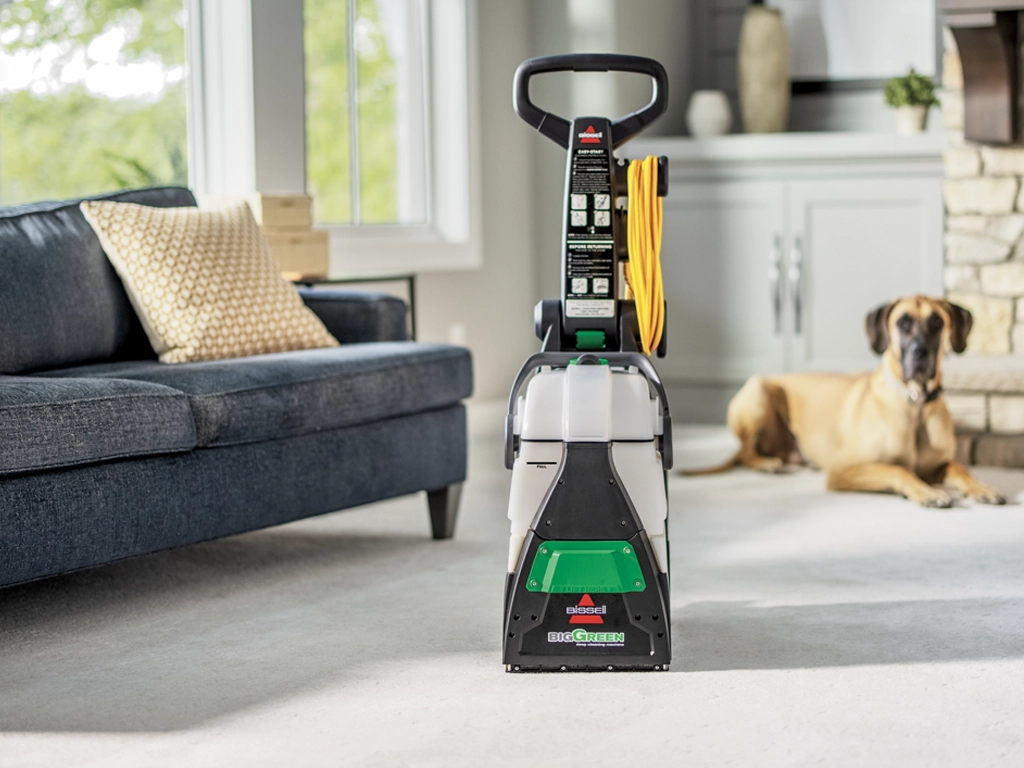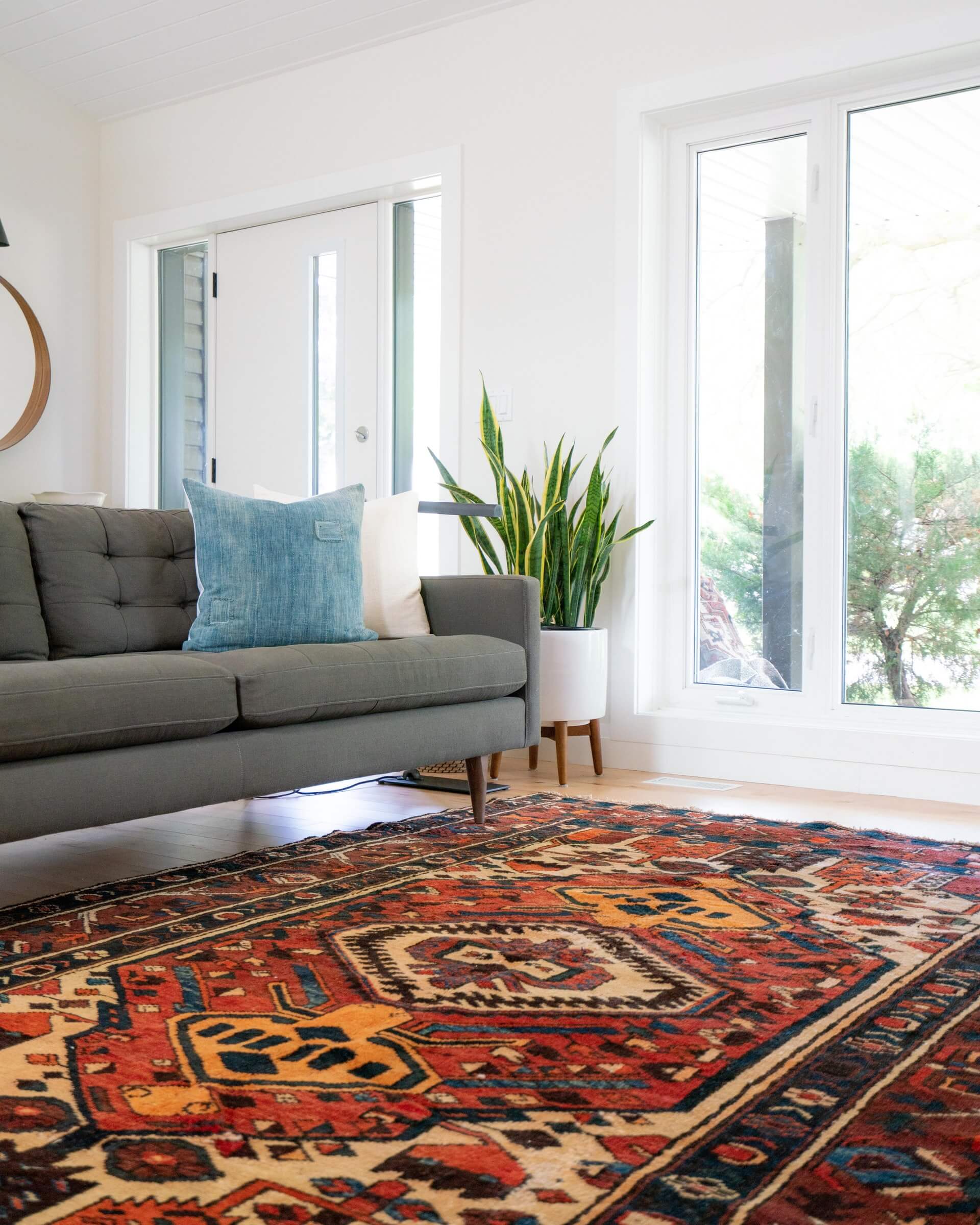Carpet Deep Cleaning: The Ultimate Solution for Stubborn Spots and Smells
Carpet Deep Cleaning: The Ultimate Solution for Stubborn Spots and Smells
Blog Article
A Comprehensive Look at Rug Cleansing Types: From Vapor Cleaning to Dry Cleansing, Which Approach Is Finest for Your Needs?
When it comes to maintaining the look and long life of your carpets, picking the ideal cleansing approach is extremely important. With alternatives ranging from steam cleaning, which stands out in deep sanitation, to dry cleaning techniques that provide to fragile fibers, the choice can be complex.
Summary of Carpet Cleansing Methods
While numerous carpeting cleansing techniques exist, each method is developed to deal with certain cleansing demands and carpet types efficiently. Comprehending these approaches is critical for picking the most ideal technique customized to specific situations.
One of one of the most typical methods is completely dry cleansing, which uses minimal wetness and specialized cleansing substances. This approach is especially useful for delicate rug fibers that may be damaged by excessive water (carpet deep cleaning). One more prevalent option is warm water removal, commonly described as vapor cleansing, which utilizes warmed water and cleaning up agents to remove dirt and stains deeply ingrained within the carpet fibers
Encapsulation cleansing is an additional modern technique, utilizing artificial cleaning agents that take shape dirt fragments. This approach is effective and decreases drying out time, making it suitable for business settings. Additionally, hood cleansing makes use of a rotating barrier with absorbent pads to lift surface area soil, commonly made use of in resorts and high-traffic locations for fast clean-ups.
Eventually, the option of carpet cleaning approach depends upon elements such as rug kind, degree of soiling, and preferred results. By meticulously considering these house owners, companies and variables can ensure the durability and look of their rugs.
Vapor Cleansing Explained
Among the most reliable carpet cleaning approaches is heavy steam cleaning, likewise called warm water removal. This method makes use of high-temperature water, commonly heated to about 200 degrees Fahrenheit, to pass through carpeting fibers and loosen dirt, discolorations, and irritants. The process begins with pre-treatment of greatly dirtied locations, adhered to by the application of the warm water option. As the water is infused into the carpeting, it damages down the crud, permitting it to be efficiently removed.
Steam cleansing is particularly reliable for deep cleansing carpetings, as it not only removes surface area dust yet additionally removes germs and allergen, adding to a much healthier interior environment. The method appropriates for various kinds of carpets, consisting of those made from artificial and all-natural fibers.
After the extraction process, carpetings might retain some moisture; however, with appropriate devices, drying out times can be substantially lowered. Regular heavy steam cleaning can extend the life of carpetings while enhancing their appearance. Generally, steam cleaning stands out as an extensive remedy for keeping tidy, fresh carpets, making it a favored selection for both property and commercial setups.
Dry Cleaning Techniques
Dry cleaning strategies use an effective option to traditional steam cleaning, especially for carpets that might be delicate to moisture or require a quicker drying time. This approach makes use of specialized cleaning solvents rather than water to eliminate dirt and discolorations, making it appropriate for fragile materials and carpetings that could be harmed by too much dampness.

An additional method utilizes solvent-based cleaning remedies, which are applied to the carpeting making use of a low-moisture method. This strategy decreases the risk of shrinkage or color bleeding while properly raising discolorations.
Dry cleaning is particularly beneficial for industrial settings or families with high foot traffic, as it ensures very little disturbance. Overall, these techniques give a trustworthy choice for keeping rugs without the prolonged drying out times related to wet cleaning strategies.
Contrast of Cleaning Methods
When evaluating various carpet cleaning methods, it is vital to evaluate the benefits and drawbacks of each strategy to establish the most appropriate choice for particular requirements. Vapor cleaning, frequently considered the most efficient approach, utilizes warm water extraction to eliminate deep-seated dirt and irritants. Nevertheless, it requires longer drying out times and might not be excellent for delicate carpets.
On the other hand, dry cleansing techniques, such as encapsulation and bonnet cleansing, provide quicker drying times, making them easier for domestic setups. These approaches use marginal wetness, which decreases the risk of mold and mildew growth yet may not accomplish the same degree of deep cleaning as heavy steam cleansing.
Shampooing is an additional alternative, effective for surface dirt but typically leaves deposits that can bring in dirt gradually - carpet deep cleaning. carpet deep cleaning. Additionally, it's labor-intensive and might need professional intervention for detailed outcomes
Picking the Right Technique
Choosing the proper carpeting cleaning technique pivots on several aspects, including the kind of carpeting, the level of staining, and the wanted results. Different carpets, such as wool, artificial, or all-natural fibers, react distinctively to various cleansing strategies. For example, vapor cleaning, which uses warm water extraction, works for synthetic rugs yet may damage fragile fibers like wool.
The degree of staining plays a vital role in technique option. Heavily stained carpets might require deep cleaning methods like vapor cleaning or encapsulation, whereas lightly soiled rugs may profit from less complex methods such as dry cleaning or vacuuming.
Desired results likewise influence the selection of cleansing method. If fast drying out is a top priority, dry cleaning methods are preferable, as they need very little dampness. On the other hand, if the objective is to eliminate persistent discolorations and irritants, steam cleansing might be the far better option despite longer drying out times.
Inevitably, reviewing these elements aids homeowners and specialists make educated decisions, making certain that the picked technique not just cleans properly yet likewise maintains the honesty and long life of the carpet.
Verdict
In verdict, selecting an ideal rug cleaning approach depends upon specific carpet kinds and specific cleaning demands. Heavy steam cleaning supplies depth and cleanliness, while completely dry cleansing offers rate and benefit for moisture-sensitive products. Each approach linked here has unique benefits, making it vital to evaluate the level of dirtying and preferred cleaning outcomes. Eventually, notified choices regarding carpet maintenance will boost long life and protect the aesthetic top quality of the carpets.

Report this page